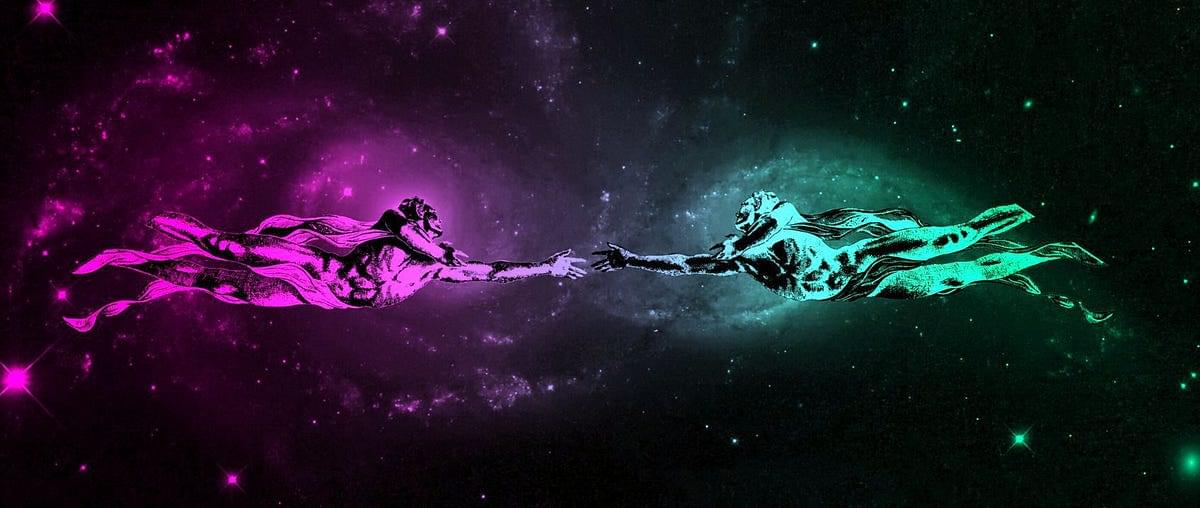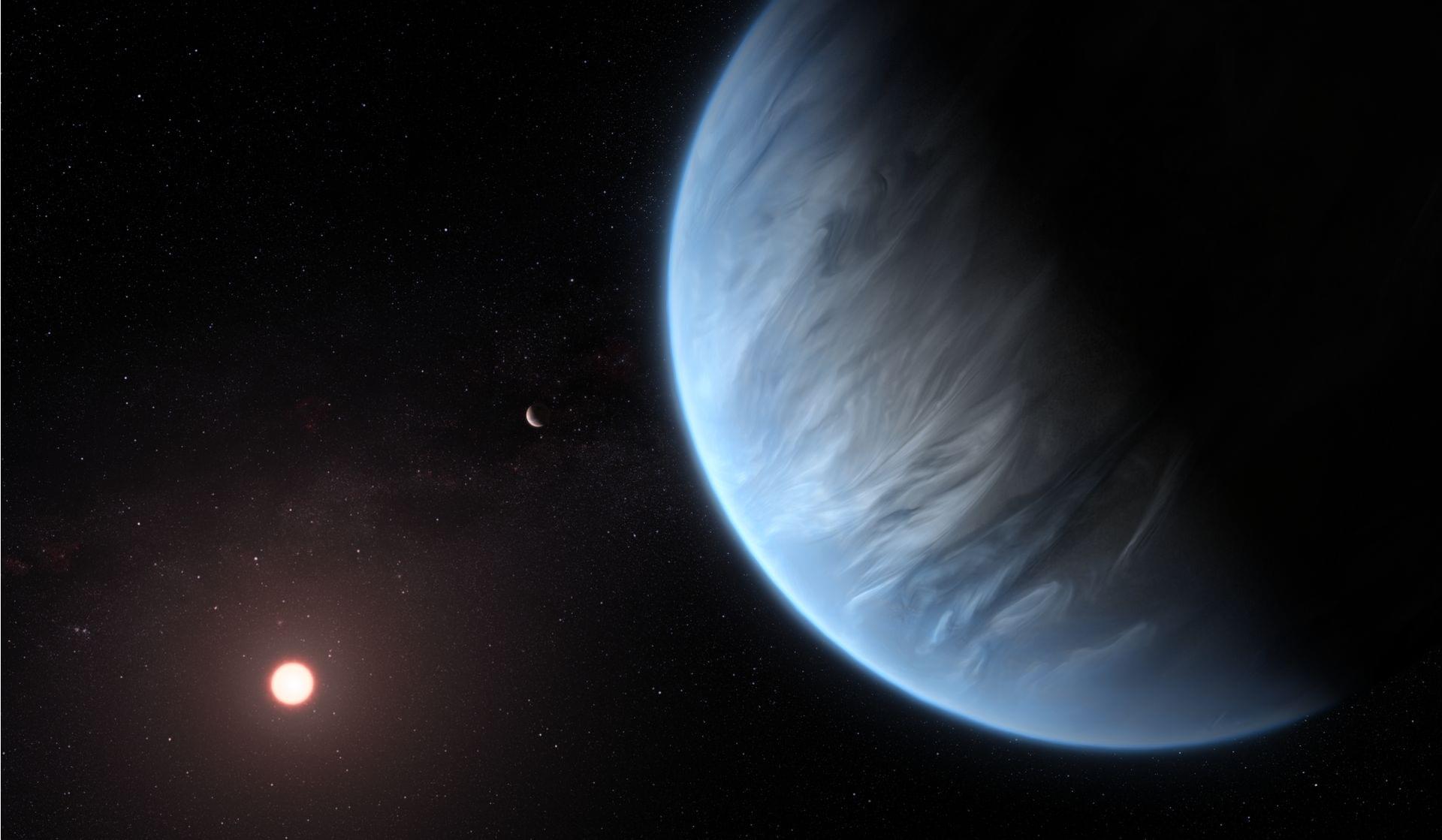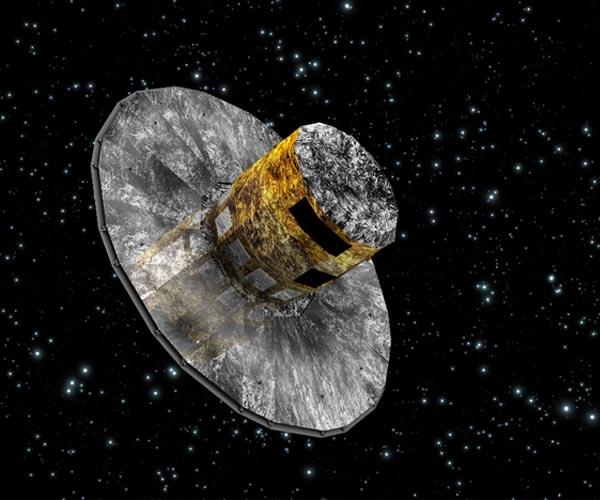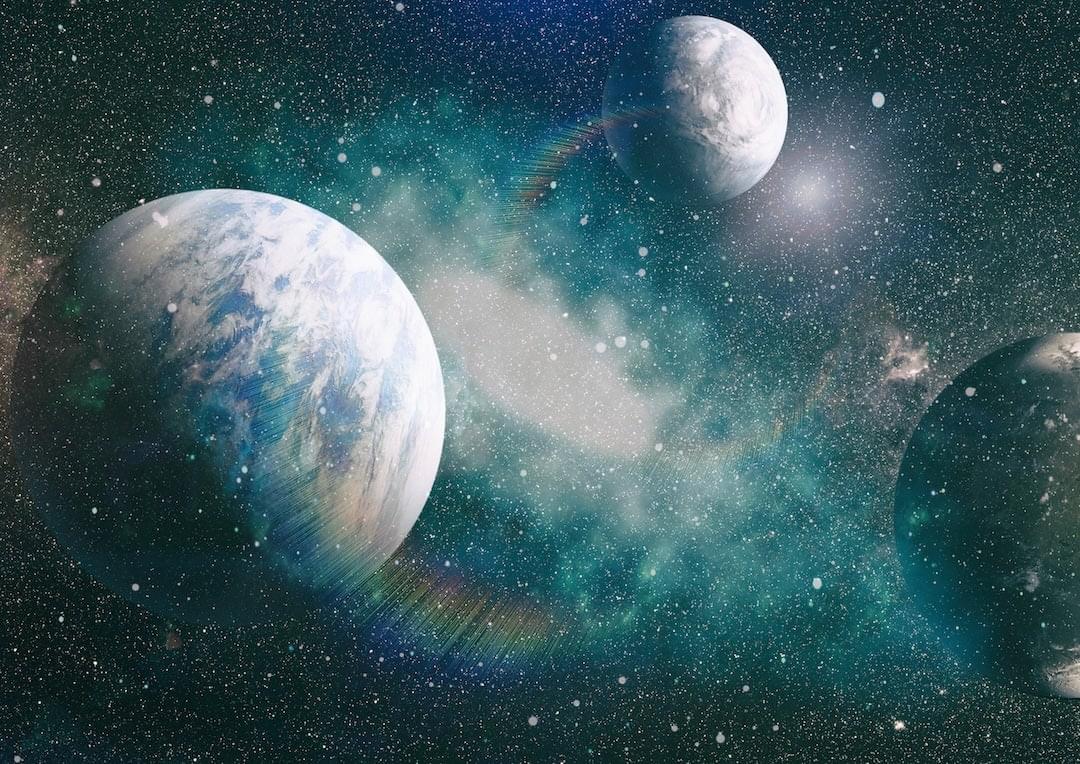Why would anyone need this level of wavelength detail in an image? There are many reasons. Car manufacturers want to predict exactly how paint will look under different lighting. Scientists use spectral imaging to identify materials by their unique light signatures. And rendering specialists need it to accurately simulate real-world optical effects like dispersion (rainbows from prisms, for example) and fluorescence.
For instance, past Ars Technica coverage has highlighted how astronomers analyzed spectral emission lines from a gamma-ray burst to identify chemicals in the explosion, how physicists reconstructed original colors in pioneering 19th century photographs, and how multispectral imaging revealed hidden, centuries-old text and annotations on medieval manuscripts like the Voynich Manuscript, sometimes even uncovering the identities of past readers or scribes through faint surface etchings.
The current standard format for storing this kind of data, OpenEXR, wasn’t designed with these massive spectral requirements in mind. Even with built-in lossless compression methods like ZIP, the files remain unwieldy for practical work as these methods struggle with the large number of spectral channels.





